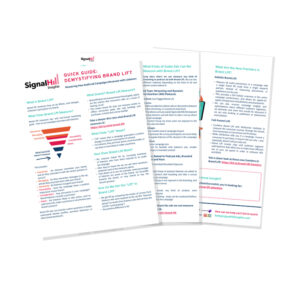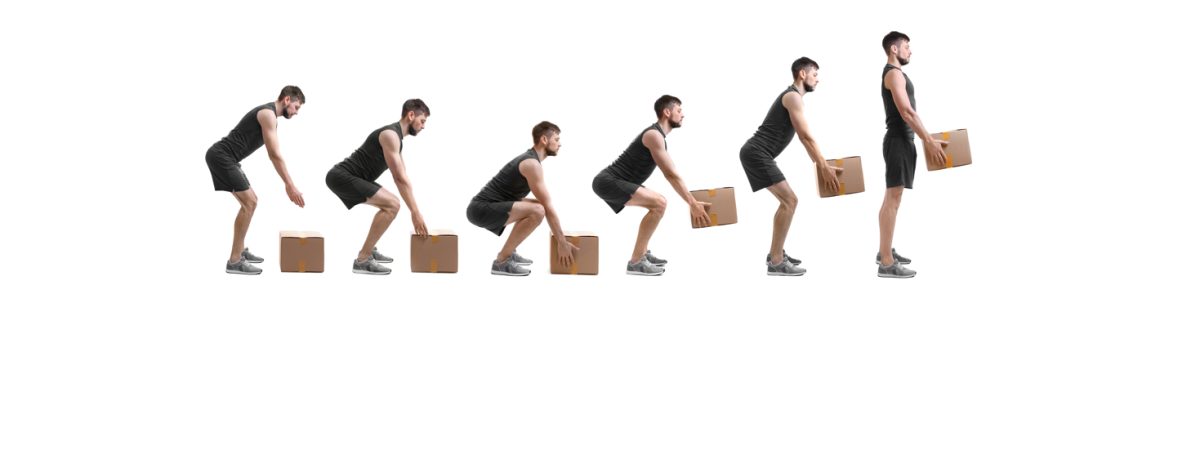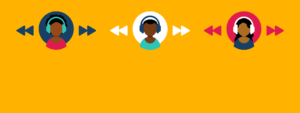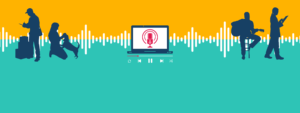Now that we’ve reviewed what brand lift is, and how we go about measuring it, it’s time to address where we can apply the method.
I specifically get a lot of questions about podcasts. Can you measure host-read ads? How about direct-ad-injected (DAI)? Or, even branded series?
The short answer is: yes. There’s a brand lift method to measure any audio campaign, across streaming and podcasts. So, what can we measure with brand lift?
Measuring Streaming Audio and DAI Podcasts
I’ve grouped streaming and DAI podcasts together because they rely on a similar kind of ad tech, where ads are inserted into the stream or podcast download in real time, right before it’s delivered to the listener. With podcasts any kind of ad creative, including host-read, announcer-read or pre-produced ads can be delivered with DAI, and it also works for programmatic as well as direct-bought campaigns. That means we can measure them.
The advantage of this ad tech is the opportunity to have the ad server fire a pixel tag on ad delivery, where we can obtain listener identity signals. In turn, we’re able to invite listeners who were organically exposed to an ad campaign to take a brand lift survey. Those matched respondents then form the exposed cell in what we call a live/tagged brand lift survey.
Because we know which panelists were exposed to the ad campaign, we therefore also know which were not. So we can also form a control cell of podcast listeners who match the exposed cell in core demographics like age and gender.
The key advantage of this live/tagged brand lift method is that we’re getting the organic, in-market audience response, from listeners who heard the ad as part of their everyday listening. But, there are limitations. The most significant is that this relies heavily on having a relatively substantial campaign size (downloads or impressions) and reach. Another is the requirement for taggable ads. In many cases either, or both, of these limitations excludes baked-in or branded content, as well as smaller campaigns. Luckily, we have other methods for those.
Measuring Baked-In Ads, Branded Content and Smaller Campaigns
If we’re not in a position to survey listeners who were organically exposed to an ad or branded content, then we can ask listeners to listen to podcast content that contains the brand integration. This is called “controlled exposure,” and is actually the longest-standing brand lift method in podcasts, dating back to days before DAI.
With controlled exposure we turn to a panel of podcast listeners who have opted-in to take surveys, and play them podcast content that contains branding – anything from a traditional pre- or mid-roll spot, to a longer custom segment, a fully branded episode, or even YouTube. After listening (or watching), they take a survey on their brand perceptions.
An additional benefit to this method is that we also obtain respondents’ reaction to the content itself. In fact, this is a necessary part of the method, since we want to delay asking about the brand, rather than launching into it right after the content. So, we’ll ask a few questions about the podcast and the host first.
To form the control cell, we’ll ask a matched group of listeners who have not been exposed to the branding content the same questions we asked the exposed sample.
The advantage of controlled exposure is that we can measure ads and branding that don’t rely on ad tech, or campaigns that don’t have enough impressions for a tagged/live study. Also, controlled exposure is less time dependent. You can run the study at almost any point during the campaign – even before or after the campaign is in-market.
A limitation is that the survey respondents aren’t necessarily fans or followers of the podcasts you’re testing, which means you’re not always getting an organic read on what the brand impact is in the wild.
Tagged/live and controlled exposure are by far the two most frequently used brand lift methods in audio and podcasting. However, there are a few other methods that can be employed to fit special situations. So, it’s always worth asking your research partners rather than assuming a plan can’t be measured.
If you have one takeaway from this post, I hope it’s this: we can measure brand lift for any kind of streaming or podcast content. Whatever it is, we’ve got a method for that.
In the final post of this series, I’m going to look at the new frontiers in audio brand lift in order to grow and enhance the insights.
For those looking to grab a top-notch summary document around all things Brand Lift Study – look no further! Download our 3-page Quick Guide that helps demystify how brand lift works and how it can help you.





